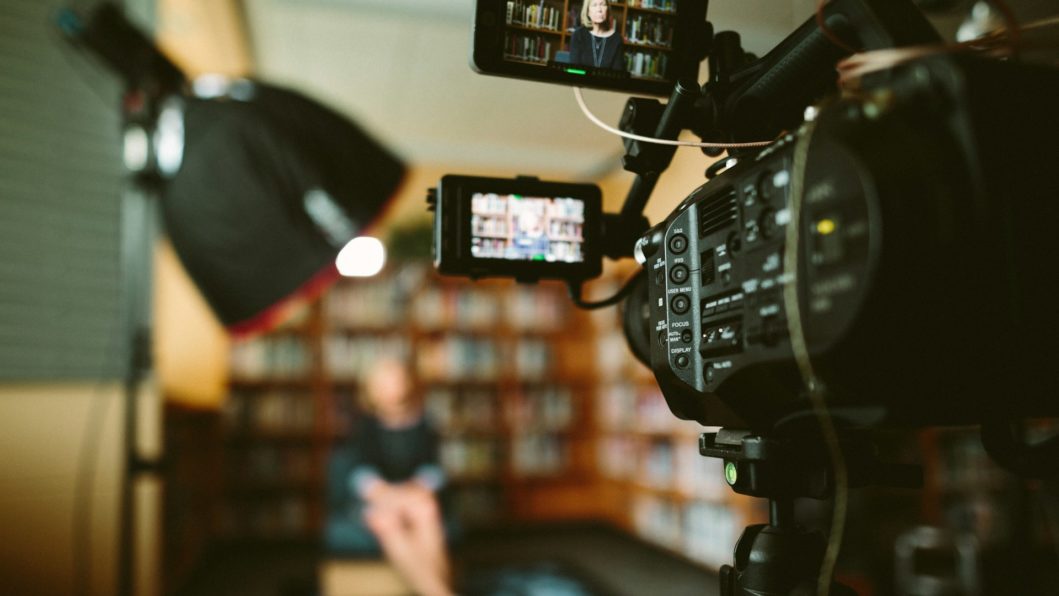In the ever-evolving landscape of cinema, the call for diversity and inclusion has become a resonant chorus, challenging traditional narratives and reshaping the fabric of storytelling. This article delves into the pivotal role of diversity and inclusion in filmmaking, examining how filmmakers are championing authentic representation and weaving narratives that reflect the richness of the human experience.

Breaking Stereotypes through Inclusive Storytelling:
Historically, cinema has been criticized for perpetuating stereotypes and marginalizing underrepresented groups. However, a new wave of filmmakers is actively working to dismantle these stereotypes. Films like “Moonlight” (2016), directed by Barry Jenkins, explore the complexities of identity and sexuality within the African American community, providing nuanced and authentic portrayals that challenge preconceived notions.
Behind and in Front of the Camera:
True diversity in filmmaking extends beyond the characters on screen to the talent behind the camera. Directors, writers, producers, and crew members from various backgrounds are bringing unique perspectives to the creative process. Jordan Peele’s success with films like “Get Out” (2017) exemplifies how diverse voices in key creative roles can lead to groundbreaking and thought-provoking cinema.
International Perspectives and Global Narratives:
The push for diversity has also led to an increased recognition of international cinema. Filmmakers from different corners of the world are gaining prominence, offering audiences a broader range of narratives. Bong Joon-ho’s “Parasite” (2019), for example, not only broke language barriers but also shattered the notion that a film must conform to Western storytelling conventions to achieve global success.
Representation Beyond Identity:
Diversity in filmmaking goes beyond ethnicity and includes various facets of the human experience, including gender, age, ability, and more. Films like Greta Gerwig’s “Lady Bird” (2017) provide a fresh perspective on the coming-of-age genre, placing a female protagonist at the forefront. Such films challenge the notion that certain stories are universal while others are niche, reinforcing the idea that diverse experiences are universally relatable.
Impact on Audiences and Industry:
The demand for diverse and inclusive narratives is not just a moral imperative but also a shrewd business decision. Audiences, increasingly conscious of the need for authentic representation, are drawn to films that reflect their own experiences. This shift is prompting the industry to recognize the economic value of diverse storytelling, leading to more inclusive casting, production, and marketing strategies.
In conclusion, the paradigm shift towards diversity and inclusion in filmmaking is transforming the industry, fostering a more inclusive and representative cinematic landscape. As filmmakers continue to break barriers and challenge conventions, the narratives that emerge promise to be more authentic, relatable, and reflective of the diverse tapestry of humanity. This evolution is not just a trend but a powerful movement that is redefining the very essence of storytelling in the world of cinema.

